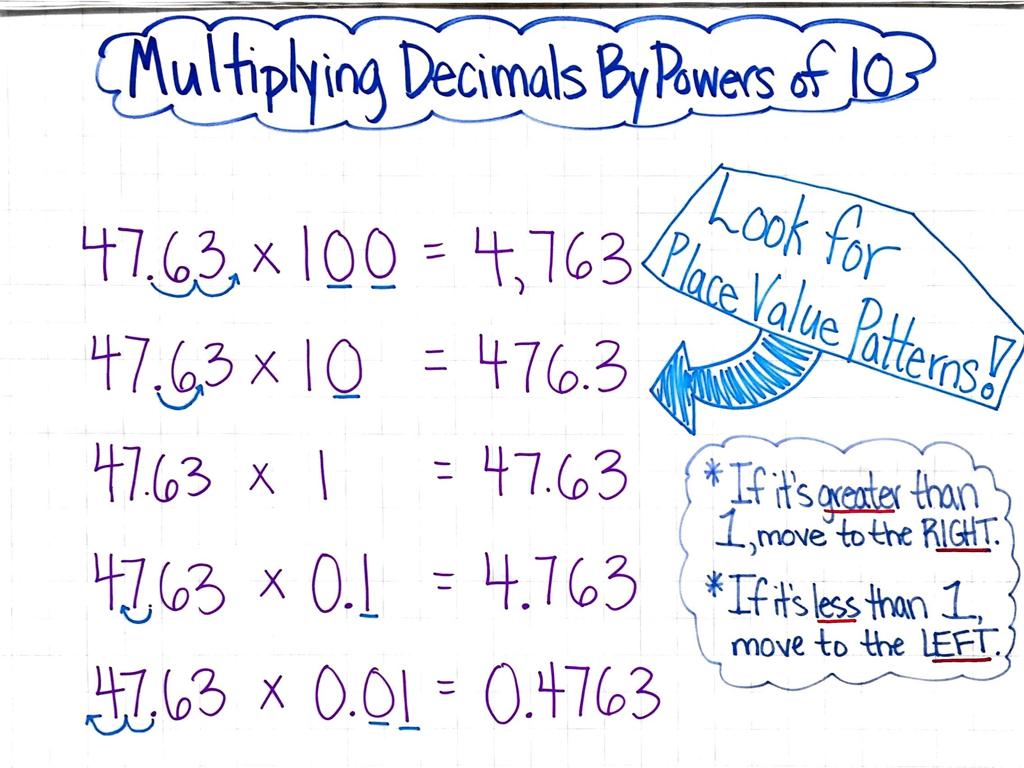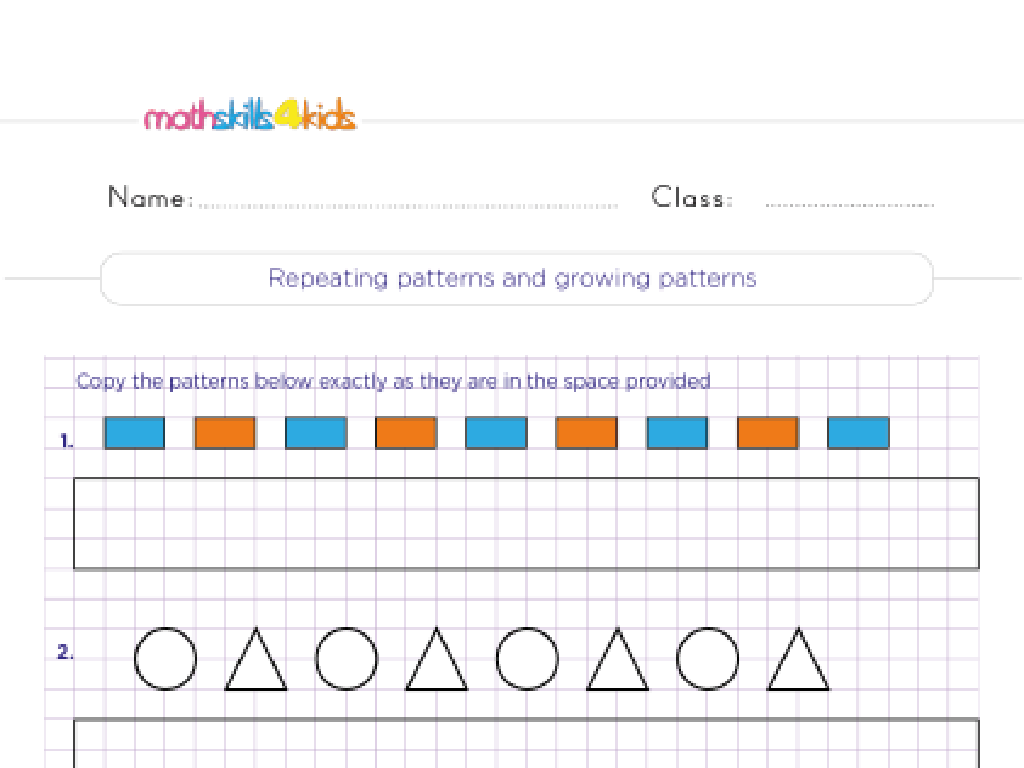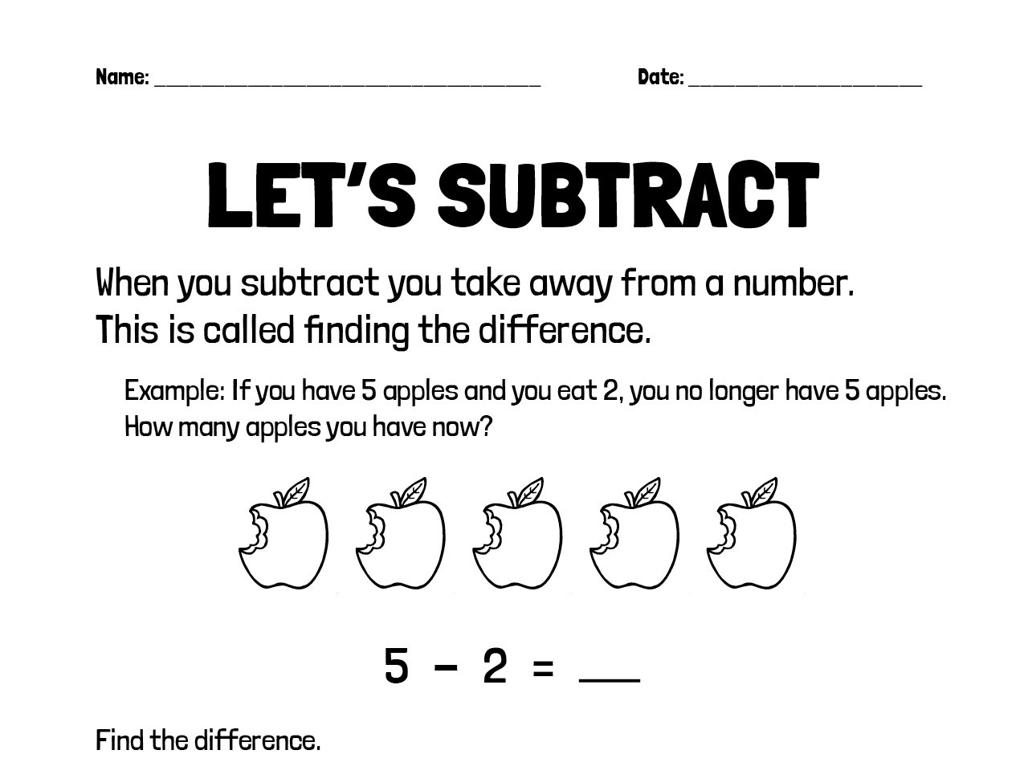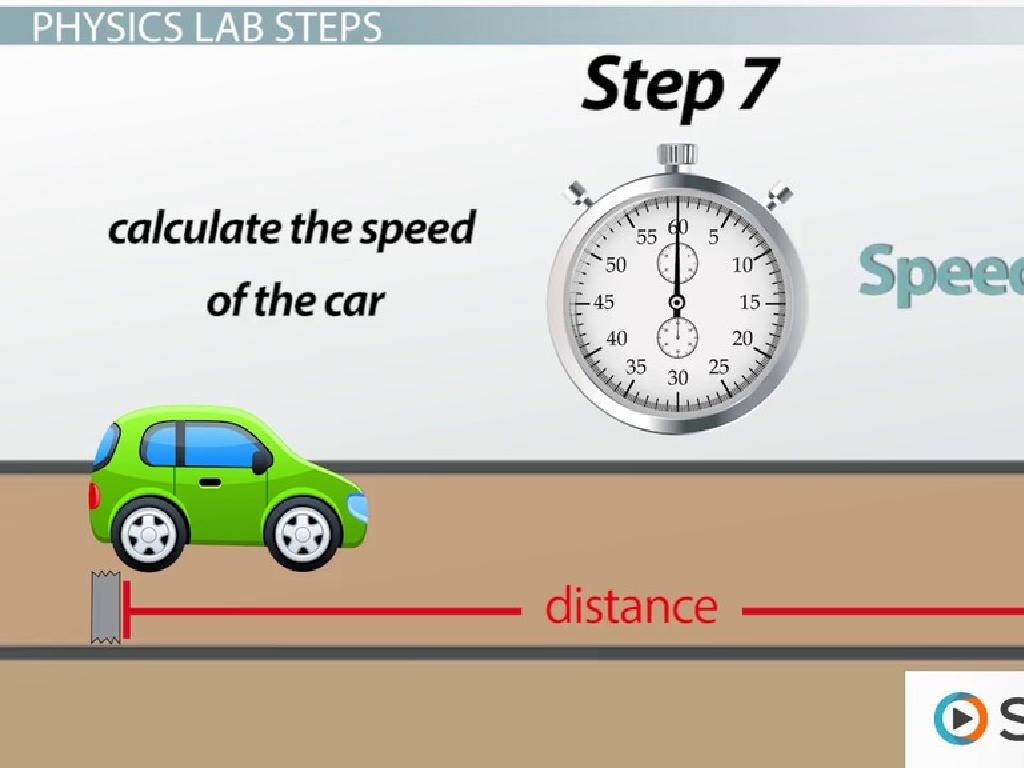Blend Each Sound In A Word Together
Subject: Language arts
Grade: First grade
Topic: Blending And Segmenting
Please LOG IN to download the presentation. Access is available to registered users only.
View More Content
Welcome to Blending Sounds!
– Learning to blend sounds
– Blending helps with reading
– When we know sounds, we can blend them to form words.
– Practice making new words
– We’ll combine sounds like /b/, /a/, and /t/ to make ‘bat’.
– Fun with sound combinations
|
This slide introduces the concept of blending sounds to first graders, a fundamental skill in reading. Emphasize that blending is simply putting together the sounds that letters make to form words. Use examples with simple consonant-vowel-consonant (CVC) words to demonstrate how individual sounds are combined to create a whole word. Engage the students with interactive activities where they can practice blending sounds to form words. For instance, you can have them blend sounds to form words with magnetic letters, use whiteboards to write and blend sounds, or play blending sounds games. The goal is to make this learning process as interactive and enjoyable as possible to foster a love for reading.
Blending Sounds to Form Words
– Blending: combining sounds slowly
– Say sounds faster to make words
– Like making a word smoothie!
– Example: /c/ /a/ /t/ becomes ‘cat’
– Start with each letter sound, then blend to say ‘cat’
|
Blending is a fundamental skill in learning to read where students learn to combine individual sounds to form words. It’s important to demonstrate this concept slowly at first, showing how each sound contributes to the whole word. Use the analogy of a smoothie to make the concept relatable and fun for first graders. Start with the sounds separately, /c/, /a/, /t/, and then blend them together more quickly to form the word ‘cat’. Practice with different examples and encourage students to try blending sounds on their own or with a partner. This activity helps students understand how words are formed and improves their ability to read unfamiliar words.
Let’s Practice Blending Sounds!
– Start with simple words
– Listen to sound blending
– Example: I say /c/ /a/ /t/, we blend to ‘cat’
– /d/ /o/ /g/ blends to ‘dog’
– Now it’s your turn to try!
– Practice with me: /b/ /a/ /t/ is what word?
|
This slide is designed to engage first graders in the practice of blending sounds to form words. Begin by demonstrating with simple three-letter words. Articulate each phoneme clearly and blend them together to form the word. Use visual aids if possible to represent each sound. After the demonstration, encourage the students to participate by repeating the blending process with you. Provide immediate feedback and praise to reinforce their learning. For the activity, consider having students work in pairs or small groups to practice blending sounds together, using a set of predetermined words. This interactive approach helps students develop their phonemic awareness, a critical skill in early reading development.
Blending Sounds with Vowels
– Vowels: special alphabet letters
– The vowels are a, e, i, o, u
– Vowels have different sounds
– Like ‘a’ in ‘apple’ or ‘a’ in ‘ape’
– Blending example with ‘hat’
– Say /h/ /a/ /t/ fast to make ‘hat’
– Practice blending vowels in words
|
This slide introduces the concept of vowel sounds and their importance in blending to create words. Emphasize that vowels are not just letters, but they are sounds that can change depending on their placement in a word. Use the word ‘hat’ as an example to show how individual sounds of letters blend together to form a word. Encourage students to practice with different vowel sounds and to try blending on their own with guidance. Activities can include blending sounds with manipulatives, using vowel cards, or writing down words and highlighting the vowels.
Blending Sounds Game
– Listen to the sounds I say
– Guess the word from the sounds
– Ready? /b/ /i/ /g/ is…?
– What word do these sounds make when put together?
– Great job! It’s ‘big’!
– When you blend the sounds /b/ /i/ /g/, it forms the word ‘big’.
|
This slide is for a class activity that encourages students to practice blending sounds to form words. Start by explaining that blending is putting together individual sounds to make a word. Then, pronounce the sounds of a simple word one by one, pausing between each sound. Ask the students to listen carefully and then guess the word by blending the sounds together. After they guess, reveal the word and congratulate them on blending the sounds correctly. Repeat with different words, increasing complexity as they become more comfortable with the activity. This exercise helps students understand how individual sounds combine to create words, which is a fundamental reading skill.
Blending Sounds Together
– Blending sounds as a class activity
– We’ll combine sounds to form words together.
– Taking turns to say and blend sounds
– Each student will participate in the activity.
– Practice is key to perfect blending
– The more we practice, the better we’ll get at reading!
|
This slide introduces a class activity focused on blending sounds to create words, an essential skill in reading. Start by explaining what blending is and why it’s important. Demonstrate by slowly saying the sounds of a simple word, then blend them together quickly to say the word. Have students sit in a circle and give each one a chance to blend sounds into words. Encourage them to listen carefully to each other and repeat the words after their classmates. Offer praise and gentle corrections as needed. Remember to remind students that mastering blending takes practice, and they are all capable of becoming great readers with time and effort.
Class Activity: Blending Train
– Become a ‘car’ in our Blending Train
– Each ‘car’ carries a unique sound
– Move the train to blend sounds
– Create words together as a class
|
This activity is designed to help students understand the concept of blending sounds to form words. Each student will represent a ‘car’ in the train and will be assigned a specific sound. As the ‘train’ moves around the classroom, students will sequentially say their sounds, blending them together to form words. This kinesthetic activity not only makes learning fun but also reinforces the auditory aspect of blending sounds. For the teacher: Prepare a list of words that can be segmented into sounds suitable for the activity. Ensure each student understands their sound and the order of the train. You may use words like ‘cat’, ‘dog’, ‘hat’, where each student represents a phoneme. Encourage students to listen carefully to each other and blend smoothly to form the word correctly.
Great Blending, Super Readers!
– Fantastic blending today!
– Practice makes perfect readers
– Every day, try to blend sounds in new words
– Clap for your achievements
– Celebrate your progress with applause
– Keep growing as readers
|
This slide is meant to conclude the lesson on blending sounds with positive reinforcement. Praise the students for their efforts in blending sounds, which is a foundational skill in reading. Encourage them to continue practicing at home, perhaps with their favorite books or with new words they encounter. A round of applause helps to build their confidence and acknowledges their hard work. Remind them that with consistent practice, they will be able to read more complex words and enjoy a wider range of stories. End the lesson on a high note, leaving the students feeling accomplished and motivated.





